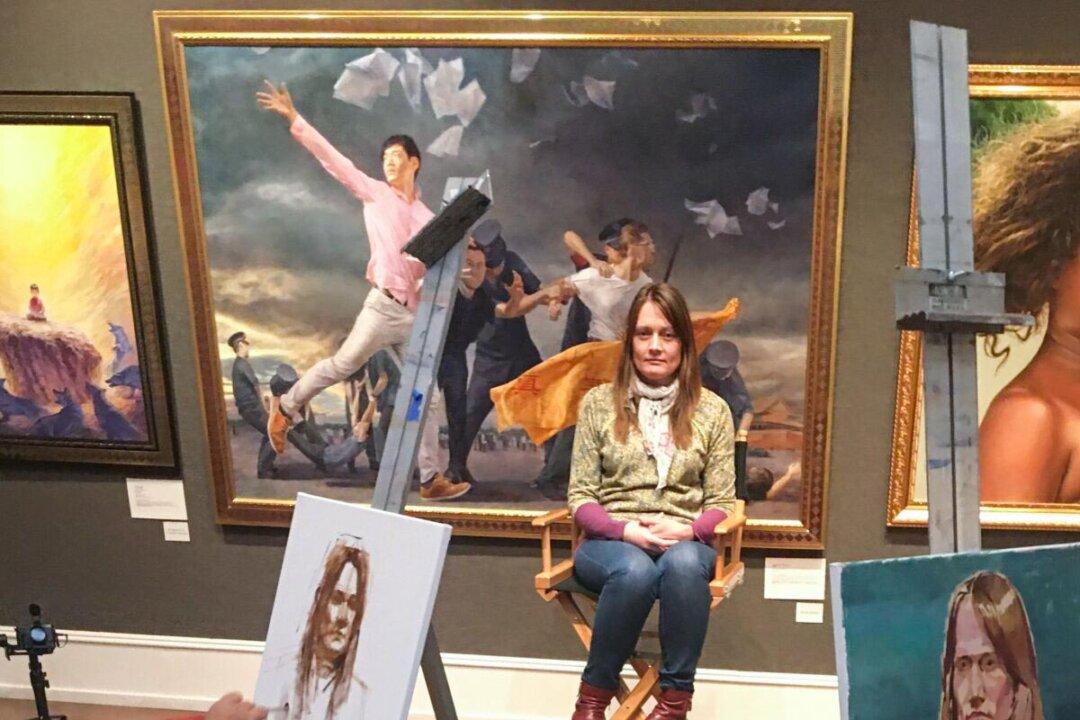An international painting competition is more than a place for storied artists to win prizes; it’s one where artists can gain valuable insight from their peers, in an atelier-like setting, just like the old masters once did.
For artists Haiyan Kong and Paula Wilson, the NTD International Figure Painting Competition was also a place to present the truth. For Kong, joining the competition was the culmination of a five-year-long process of depicting a monumental event in her life and for her home country. For Wilson, learning from artists that came before, like Kong, gave her the insight to further hone her art.






